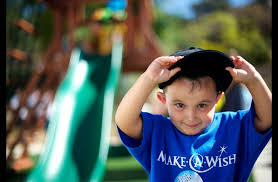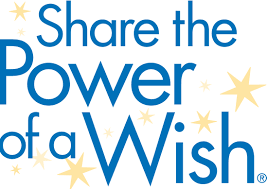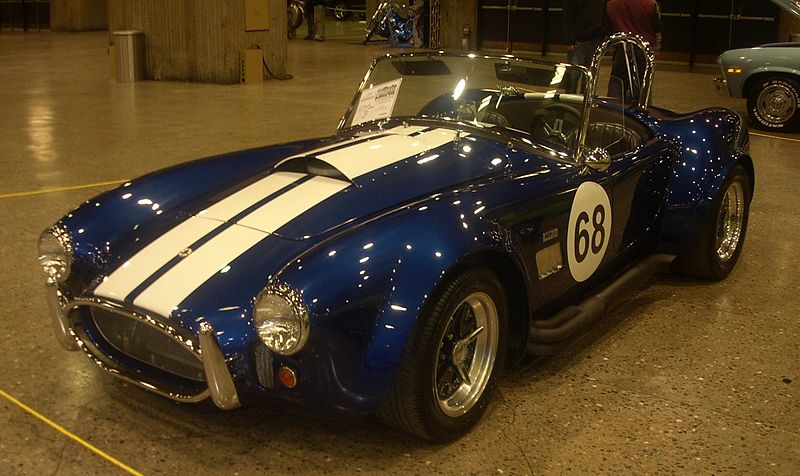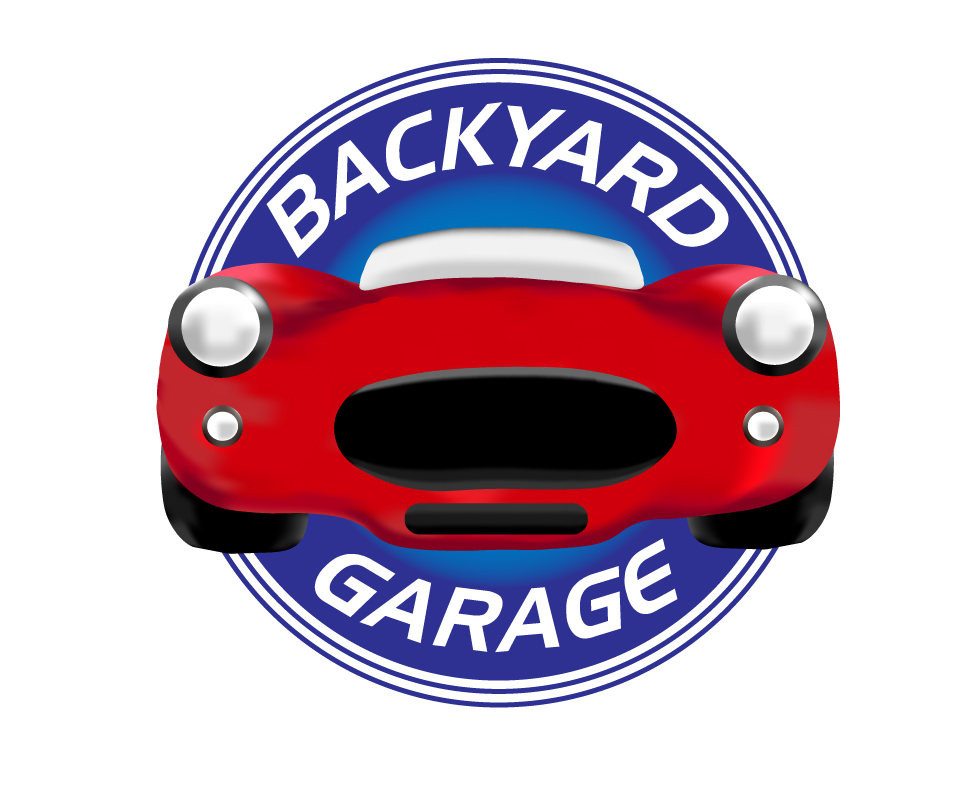Reflections of Time Well Spent
Creativity, a thirst for knowledge and a love of writing; these are three attributes that I’ve had since childhood. In elementary school I quickly discovered that books and fiction were escapism from the real world. These stories could inspire, fascinate and entertain me. Reading books like the Goosebumps series and some of my favorite childhood authors like Jerry Spinelli, I discovered that I could explore the stories in my head. At the age of nine I began putting pen to paper and writing these wildly outlandish and insanely unrealistic stories. They were fantasy. It was fun.
As the years went on, I discovered that I had a knack for writing and writing creatively. It came naturally to me, pouring words across a computer screen as they popped into my head. The communications field called to me; it’s where I was at home. In high school I focused on courses like journalism and wrote for the newspaper and the yearbook. By the time I reached sophomore year of undergrad level I knew that communications was the route for me. I studied hard and pushed to learn all the techniques and skills a great story-teller would need. I became enamored with creating my own video and audio stories.
When I graduated with a degree in communications/journalism I had a romanticized version of how life would go. Attempting to find a job in the field I interviewed with companies in New York but came up empty handed. Eventually, I settled for an opportunity close to home. It was a temporary role, in no way associated with communications or creativity. I was stuck, but at least I was paying the bills.
As time went on I progressed down a compliance career path. I worked in insurance and then switched to a public accounting firm. My creativity was lost in a sea of spreadsheets, analysis, and critical thinking. Gone were the days where I could create characters in my head and write a whole story in the span of a week. My time was spent working 40+ hours on analyzing regulations and statutes. It wasn’t where I wanted to be.
In 2014, I had an epiphany. I didn’t want to do this the rest of my life. It was around that time that I began thinking about expanding my knowledge by pursuing a master’s degree. At first I contemplated going back full-time. Searching for programs that would offer me the best opportunity to learn and prepare for a future in the field I had for so long hoped to enter. It was around this time that I managed to earn enough money to pay off my undergraduate debts. There was a certain freedom in that thought and so feeling like the shackles had been removed from my ankles I wanted to do something that would contribute to the future I hoped to obtain.
As I went through the process of finding a program that appealed to me, I applied to several places. I searched for schools that had the whole package: affordable, interesting and filled with opportunities. Washington State University offered an online program, what appealed to me so much about this program was that it was 100% online and affordable. The icing on the cake, however, was the course work. When I read about the classes which included creating an online portfolio and utilizing technology on the forefront of the market, I knew this was a program I wanted to pursue, so I applied, was accepted and began my journey in the fall of 2015.
It hasn’t always been easy the past year and a half, juggling work and school demands is not for the faint of heart but alas, it can be done. Here I am at the end of the road another chapter in my life about to close and I feel accomplished and proud to have made that journey with Washington State University.
As someone with little professional experience in the communications field I was anxious and nervous at what each course would hold for me. I had an undergrad degree in journalism. Marketing, advertising and public relations, they were new to me. These courses offered me more than I could have imagined.
The first class I took was Com 561. Having been a journalism major this was actually a great transition back into the world of coursework and school. During my prior educational experiences I utilized Final cut Pro to create audio and video stories. In this course we learned how to use Adobe programs like premiere and audition. Through the class I was able to explore my creativity and writing skills through the creation of my own website and blog posts. It was an opportunity to fine-tune my story-telling abilities through different mediums. Being able to comment and interact with other students and their course work made this one of my favorite courses in the program.
The following semester I took Ethics and Research methods together. As a professional in the compliance/ethics world I was interested to see my classmate’s opinions on ethical theories and situations. I learned about specific theories I had no prior knowledge of and through lively debates and discussions with classmates I saw and valued different perspectives.
On the flip side, I was initially intimidated by research methods. I’d taken a statistics course and a few math classes during my undergrad but it was never my forte and those days were long gone. Math wasn’t something I needed very often in my current role. Thankfully, the class wasn’t entirely math focused, rather on the theories behind conducting proper research. I’d never taken a class like this before and learned so much about conducting qualitative and quantitative research. We learned how to conduct focus groups, craft questions and how to select a sample size and draft effective surveys/questionnaires. It was certainly something I could apply to my current professional role.
Comstrat 562, was a very interesting course. I felt like I would do well with this course because it was creative media strategies. Basically, it was learning how to write creatively for different mediums. We worked to establish engaging and action-producing items. Even more, was the fact that we utilized tools that I had never previously tried. I created websites using Wix.com, which allowed me to produce high-quality products in a format made easy. I utilized Prezi to create an interactive and engaging presentation. Learning how to write appealing copy through Facebook, Twitter and email messaging turned me on to a new way of conducting business.
Comstrat 564, was an entirely new subject matter for me. It required a lot of creative thinking to determine how applicable it was to my current role in compliance. However, I enjoyed this class because of its structure. Choosing one entity to focus on for the entire semester allowed me to fully delve into this entity and understand the corresponding theories. I choose McDonald’s which turned out to be a great case study in branding and advertising.
The next semester I took Comstrat 563 and 565. Both classes were interesting in their own right. In Comstrat 563, we built a product/service from the ground up and then created a personalized social media marketing plan around it. I chose to create a fictitious pet boarding/grooming company called, Furcation. This was a fantastic class which I think is one of my favorites out of the entire program. It allowed me to cultivate an entire company from scratch. I was so engrossed in building the website and social media sites that the market plan came naturally. I really enjoyed this class and putting everything together made me feel like this company was real and that I could do this for a living. I’d even go so far as to say this was my absolute favorite class in the entire program.
In Comstrat 565, I put everything I had learned thus far in the program to use for a market research campaign. It was fortuitous that I took Comstrat 563 in the same semester. I leveraged the fictitious company I created in that class to develop marketing products for Comstrat 565. This class was a bit of a pain point in that we had to conduct interviews, record them and then transcribe them. It was a lot of work but overall, the entire class worked and I really got an idea for how everything came together. The final products I created, a poster and tri-fold pamphlet were some of my favorite products in the whole program.
In my last semester before the capstone I took Comstrat 561 and Com 562. Persuasion for communicators really informed me of all the useful persuasive theories that can be used in advertising and marketing campaigns. For my semester long project, I focused on creating a Facebook page dedicated to raising awareness and persuading viewers to adopt shelter pets rather than buy. All the examples I posted to my Facebook page really highlighted how each persuasion tactic works and how effective or not effective they could be.
I learned a great deal about crisis communication and the importance of being prepared to handle any crisis situation. I have seen the real-life examples of how poorly handled situations escalate but going through the process of drafting my own crisis communication plan really helped to highlight all the intricate parts of an effective plan.
Although I currently maintain a role in a compliance capacity I will never stop seeking an opportunity in communications. Having completed this master’s program I can honestly say that I have gained so much experience and have a fantastic portfolio of my work to share with potential employers. What I enjoyed most about the program was the fact that we created actual documents that could be used to showcase our knowledge and abilities in the field. My WordPress website is something I think I’ll continue to utilize and expand upon in the future. It’s particularly useful for someone like me who doesn’t have professional experience in the communications field. Aside from the portfolio of work, I’ve learned a great deal about the communications field, marketing and branding that has been useful already. Each class provided theories that I could put into action and because of that hands-on experience I have a much better understanding of the field.
One of the best features about this program is also one of the things that I struggled with. The fact that this program is all online makes it easy to adapt to my schedule and my life. It’s flexible and I can go at my own pace from literally anywhere in the world. The downfall to that is sometimes information is lost in translation. There is ample opportunity to ask questions of the instructions and everyone is very helpful in wanting to provide the best educational experience. However, there are times when the information or instructions are lacking and there is a lot of interpretation left to the individual which is not always the same as the instructor. I found it difficult sometimes to understand exactly what was required of us on each project and I felt that a lot of times it was subjective to each individual which is another reason it makes it difficult. This was probably more of a problem earlier on in the program but as I settled back into the school-mode and worked with each instructor and went through each class I relaxed a bit into the rhythm that worked.
Now that I’m at the end of this program I couldn’t be happier about all that I’ve accomplished through this program. I’m a hard-working individual that absorbed as much as I could through each class. Going back to school for a master’s degree can be difficult if you’re still working a full-time job. When you find the right program it’s up to you to make the most of the experience and the education you receive. I learned a great deal about the communications filed and I truly believe that this knowledge as well as the portfolio of work that I have will lead to a role in the communications field.


 ise money and awareness for many worthy causes. The
ise money and awareness for many worthy causes. The  The efforts of this non-profit organization have grown in leaps and bounds over the years. For families affected by such tragic circumstances the volunteer and fundraising efforts make a huge impact. Not only do wish kids feel a greater sense of happiness, families are strengthened, and volunteers feel an increased sense of
The efforts of this non-profit organization have grown in leaps and bounds over the years. For families affected by such tragic circumstances the volunteer and fundraising efforts make a huge impact. Not only do wish kids feel a greater sense of happiness, families are strengthened, and volunteers feel an increased sense of 









